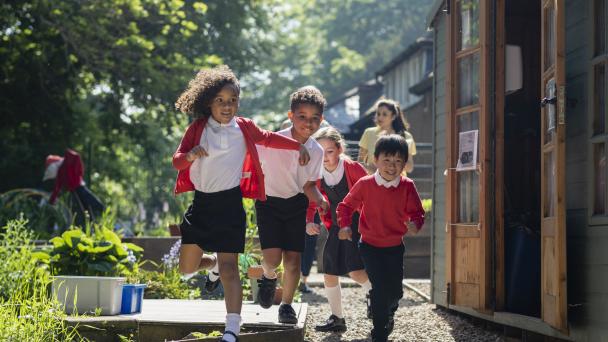Children and young people's mental health in 2022


This report presents findings from the fourth (wave 4) in a series of follow up reports to the 2017 Mental Health of Children and Young People (MHCYP) survey, conducted in 2023. 2,370 children and young people who took part in the MHCYP 2017 survey took part in the wave 4 follow up. The mental health of children and young people aged 8 to 25 years living in England in 2023 is examined, as well as their household circumstances, and their experiences of education and services and of life in their families and communities. Comparisons are made with 2017, 2020 (wave 1), 2021 (wave 2), and 2022 (wave 3) where possible, to monitor changes over time.
The most recent face-to-face survey in the series took place in 2017 and involved interviews with a random sample of children and young people (aged 2 to 19 years) and their parents. In summer 2020, children (aged 11 to 16 years), young people (then aged 17 to 22 years) and parents (of those then aged 5 to 16 years) who had agreed to future research were invited to take part in an online follow up survey. Those who consented to future research in 2017 (and in 2020, 2021 and 2022, if they took part then) were contacted again in spring 2023 and invited to complete the wave 4 online or telephone follow up survey. The 2017 survey and the follow up surveys have all used the Strengths and Difficulties Questionnaire (SDQ) to assess different aspects of mental health, including problems with emotions, behaviour, hyperactivity, concentration and relationships. Responses from parents, children and young people were used to calculate the likelihood that the child or young person had a probable or possible mental disorder at the time they completed the questionnaire. Analysis in the report looks at the characteristics of children and young people with a “probable mental disorder” compared with those who were either “unlikely to have a mental disorder” or had a “possible mental disorder”. This survey is part of a series which provides England’s Official Statistics on trends in child mental health. It was commissioned by NHS England, with funding from the Department of Health and Social Care and the Department for Education. We collaborated with the Office for National Statistics (ONS), the University of Cambridge and the University of Exeter.
Receive a regular update, sent directly to your inbox, with a summary of our current events, research, blogs and comment.
Subscribe